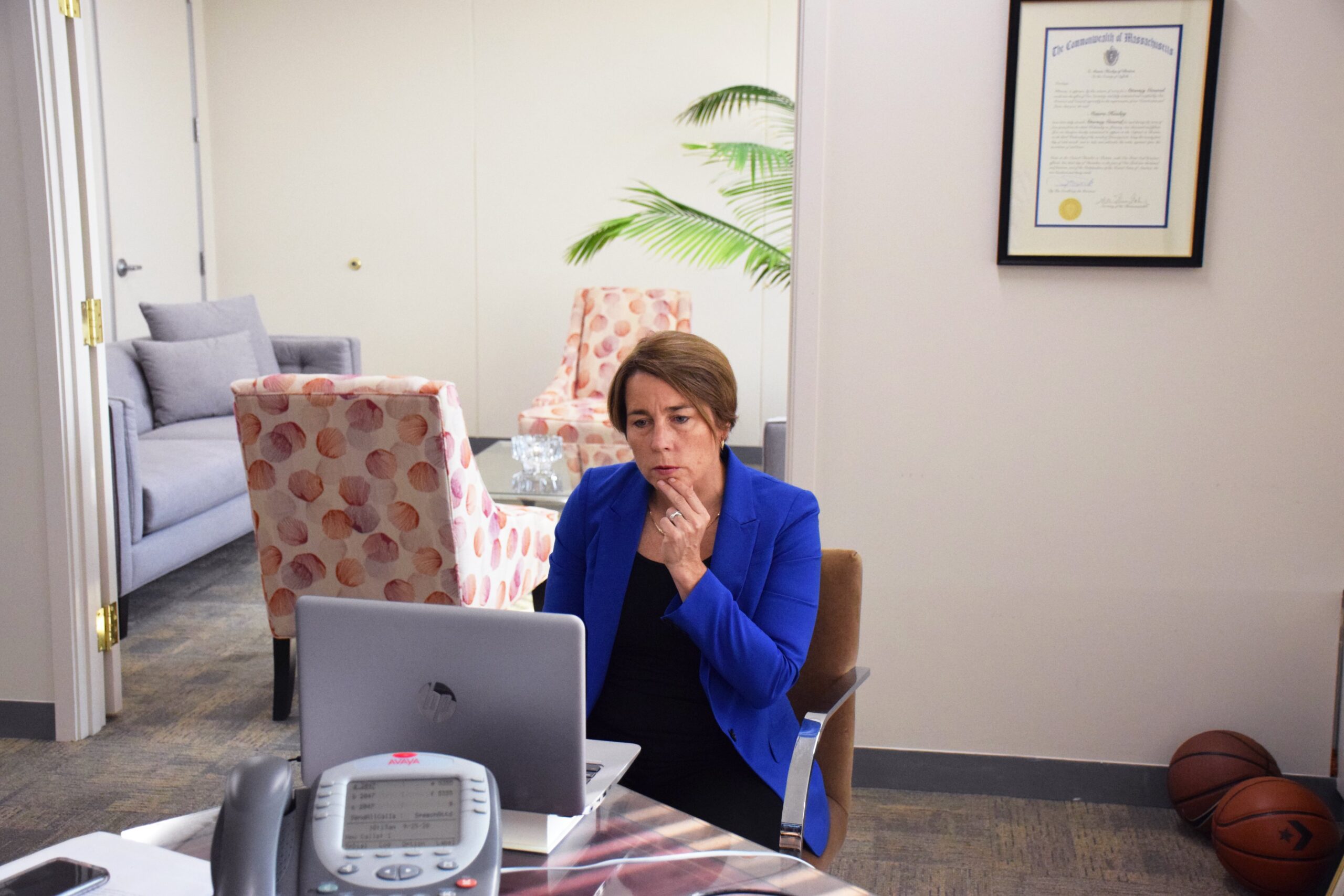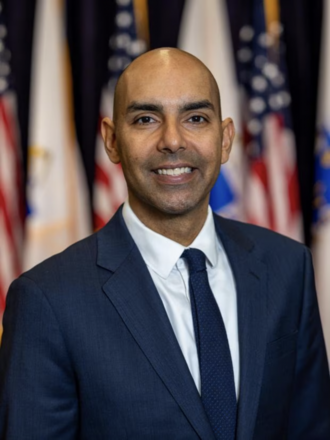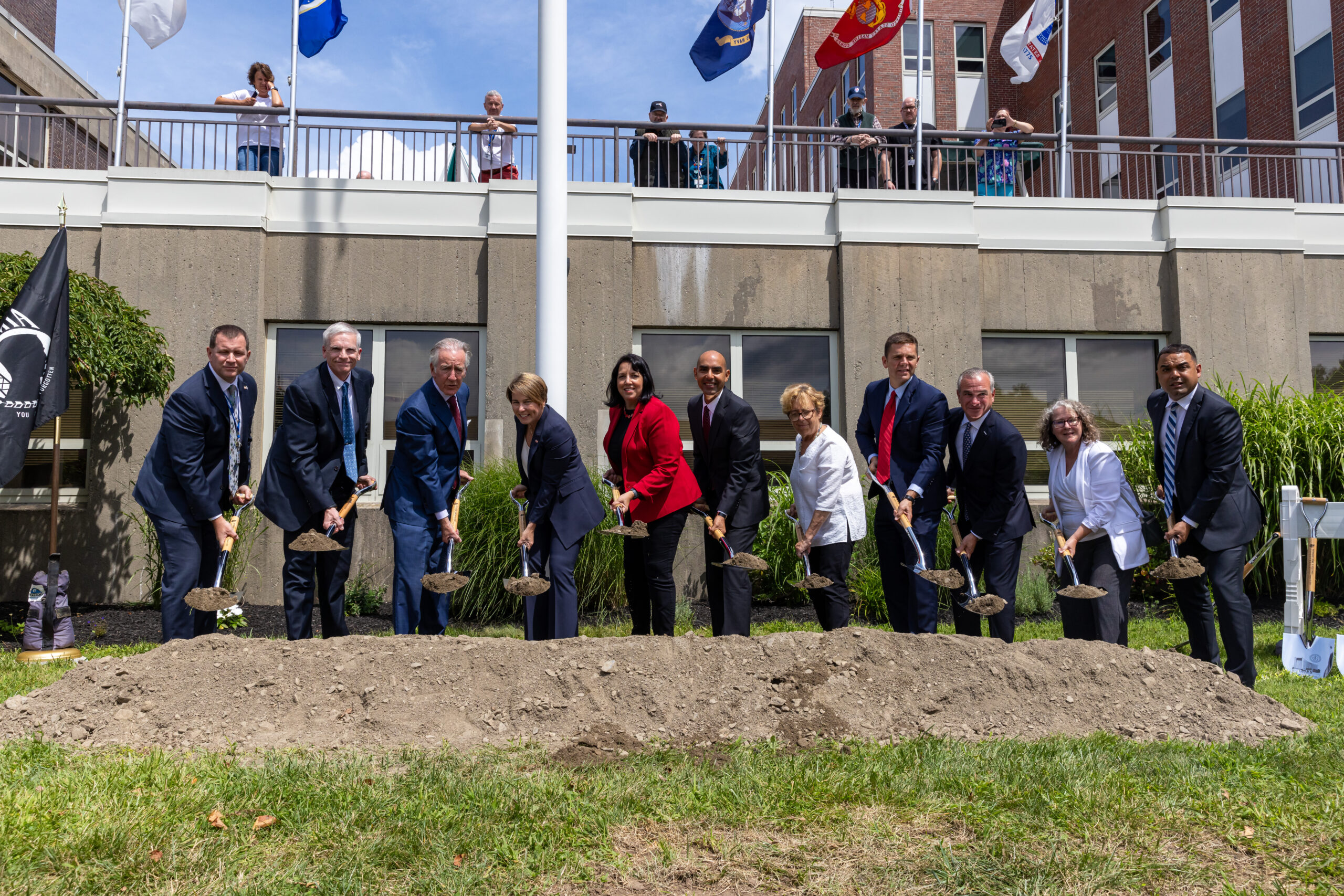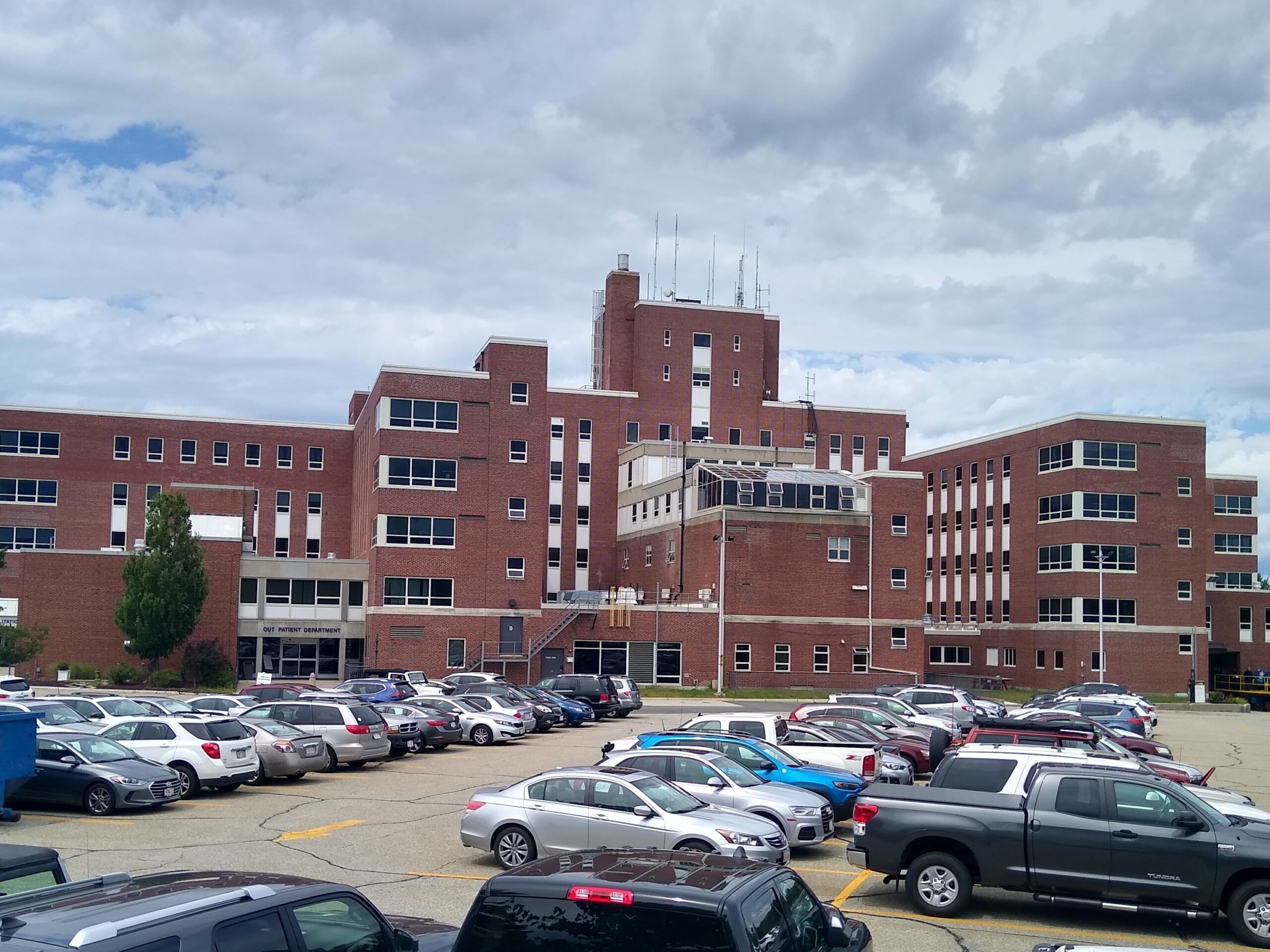Analysis: The Challenges Left in the Wake of the Soldiers’ Home Tragedy…
A tome’s worth of pages will have turned before Massachusetts and its West in particular, truly moves on from the tragedy of the Holyoke Soldiers’ Home. Lawsuits, bill-signings and administrative reshufflings have marked transitions thus far as openings will in the future. Still, the groundbreaking last Monday for the new, renamed Veterans’ Home, with the governor and other electeds on hand, is a key marker. Amid solemn pols and respectful pomp, it is an essential moment for reflection.
Governor Maura Healey, then as Attorney General, filed criminal charges related to the outbreak that killed at least 76 veterans. However, the tragedy transcended a novel coronavirus. COVID-19 was the vessel, the principial killer of the Home’s charges, but it was political expediency and indifference that laid the groundwork. There was reference to this in the speeches, but it is all the more cutting given the honored, even treasured place the Home has in the Valley.
“I think this is most important, the one thing that I heard loud and clear,” from families, Senator John Velis said, “‘Never again!’”
The groundbreaking comes some months after the feds agreed to pay up to $265 of the new facility’s $482 million cost. Among its features will be state-of-the-art long-term care beds. They will prepare the Home for the influx of veterans from Iraq and Afghanistan, on top of those from preceding conflicts. The finalization of a $165 million construction grant enabled work to proceed with a projected 2026 opening.
The push to prevent a repeat took manifested as several demands, including a new facility. Then-Governor Charlie Baker essentially acceded to all of them. However, his name was rarely invoked Monday and often with minimal gratitude. Velis recalled that the Baker admin suggested a smaller new facility, but the coming need would outstrip that quickly.
“Sorry Governor Baker, we want more,” he recalled advocates saying.

Then-AG Healey speaking with family of Soldiers’ Home residents before announcing criminal charges in 2020. (via Twitter/@MassAGO)
This is not really about Baker, though. Rather, the indicted—along with former Superintendent Bennett Walsh and medical director David Clinton—include a political culture that allowed the Home’s decline and catastrophe to happen.
“You can’t ignore the tragedy of what happened here,” Congressman Richard Neal said. “Part of our sense of renewal today is based upon [families and advocates’] determination through very grim days.”
Whether intentionally or not, Governor Healey alluded to the need and a promise of a paradigm shift.
“To all our colleagues in the legislature, thank you for your commitment and making sure are getting the care, the services, the opportunities, the respect the not only they need, but so richly deserve,” she said.
“This renewal of the Veterans’ Home at Holyoke is a labor of love and respect for our Administration,” Healey continued.
Veterans Services Secretary Jon Santiago recommitted Massachusetts to leading in providing services. The first cabinet-level leader of the agency, he highlighted the large investments in the new budget.

Mass Veterans Services Sec. Jon Santiago (via wikpedia)
“The most tragic events that took place at the height of covid will always be a reminder of what’s at risk,” he said.
Almost nobody in positions of authority or control of the Home in March 2020, when the COVID-19 outbreak happened, remain. There is a new governor. The commonwealth’s veterans agency, including the Home, had an administrative overhaul. Two different people represent Holyoke in the legislature. Even the mayor who played a semi-whistleblower role departed some time ago.
His successor summed it up well.
“We renew our commitment not only to [veterans’] health, but to their safety and their dignity,” Holyoke Mayor Joshua Garcia said. “There are gaps. We’re not perfect, I think we learned that pretty quickly in April 2020.”
That does not mean the conditions that led to this disaster could not reoccur. Indeed, in the aftermath of the Home outbreak, former Superintendent Paul Barabani had indicated some calamity or another was inevitable. In other words, were it not a respiratory virus pandemic, it could have been something else.
The Home was hit hard by the Early Retirement Incentive Program Baker instituted in his first year. His administration did not sufficiently backfill the subsequent vacancies. In the criminal case against them, some have questioned whether chronic understaffing—which the virus aggravated—led to the unit combination that is at the center of the charges.
Moreover, the priority in choosing leadership for the Home was political expediency and loyalty to the governor.
The legislature has no clean hands either, but apportioning blame is complicated. It is a failure of no one person, but of the institution. Beacon Hill’s allergy to probing oversight and aversion to proactivity let issues fester. In 2020, then-Holyoke State Rep Aaron Vega said the legislature crafted responses to disaster well. Getting ahead of them was another matter.
Still, after the outbreak he and his successor and then-aide Pat Duffy faced misplaced accusations of dereliction. Vega credibly countered that he and his colleagues were not receiving information about needs beyond what the administration sought. Barabani and his predecessors had done that.
In the end, of course, as Velis—who had an merely coincidental cameo in Walsh’s appointment—noted, the Baker administration went along with big changes. To paraphrase Churchill, the Baker administration did the right thing after exhausting all other options.
Baker is no longer governor, though. Don’t mistake his invocation with another tired beating from this blog. Rather, the “risk” exists in the fabric of a politics that prioritizes the short-term political gain of a ribbon-cutting over the harder lifts of proper funding and regularly reviewing government responsibilities to identify problems and improvements. It is this same culture that has allowed Boston’s mass transit system to implode even as shiny, renovated stations opened.
It should be ever-more jarring that the victims in the Home’s case were those once ready to give, as many of their compatriots did, what Lincoln called the last full measure of devotion. This was not mere human error, although it was that, too. This was also a choice, a political choice, made over many years, indeed over many administrations and legislatures.
The future is unknowable, but there is some sense from the pols of today understand this. Healey and Lieutenant Governor Kim Driscoll, herself from a military family, have emphasized the Home. The governor’s speech touched on the hope and devotion of Home residents, their families and the families of the deceased.
“All of our investments in veterans support and programming across the state move forward in their memory,” she said.
Neal, whose uncle survived the initial outbreak at the Home, thanked US Secretary of Veterans Affairs Denis McDonough, emphasizing how high a priority this has become. Velis, long an advocate of vets’ issues, also dwelled on the families’ advocacy. Now-Rep Duffy, wove together her roles with the Home’s labor unions, as Vega’s House aide and as Holyoke’s rep.
“To give all of you, veterans, families, staffer, the home that you deserve is the honor of my public service career,” she said.
But in the air among many of the speakers was one word: risk. That acknowledgement, on the record, of the risk and therefore the cost of neglect must become the foundation for accountability.
Michael Lazo, the Home’s current superintendent, closed the speaking portion of the groundbreaking by referencing a speech Commandant Paul Martel gave at the Home’s original dedication over 70 years ago. Martel called that April 27, 1952 dedication an “epic day.”
“We who are entrusted with the duty of executing the provisions of this institution have pledged our untiring efforts with only one goal in mind, namely to carry out our mission successfully,” Lazo quoted Martel saying.
As Lazo noted, now the Home, the commonwealth, its officials and its citizens must now live by it.

